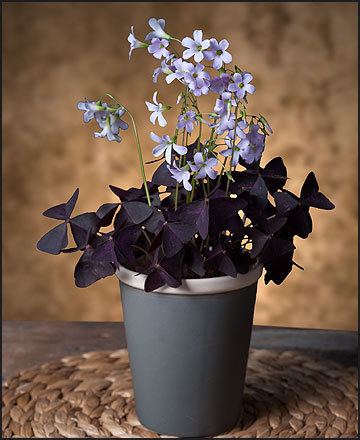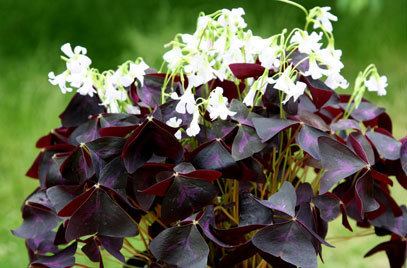Rank Species | Genus Oxalis Higher classification Wood sorrels | |
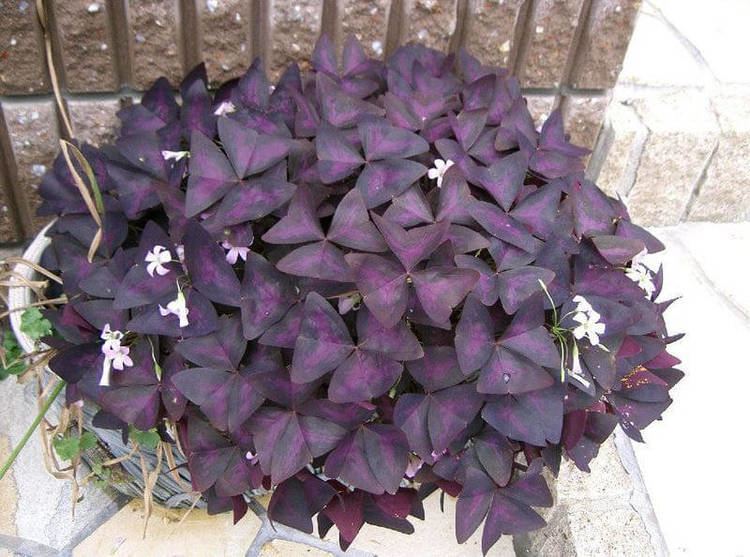 | ||
Similar Wood sorrels, Oxalidaceae, Oxalis tetraphylla, Pink woodsorrel, Oxalis corniculata | ||
How to divide your love plant oxalis triangularis
Oxalis triangularis, commonly called false shamrock, is a species of edible perennial plant in the Oxalidaceae family. It is endemic to Brazil. This woodsorrel is typically grown as a houseplant but can be grown outside in USDA climate zones 8a–11, preferably in light shade.
Contents
- How to divide your love plant oxalis triangularis
- Purple shamrocks oxalis triangularis how to repot rejuvenate and grow them
- Indoor care
- Propagation
- Movement
- References
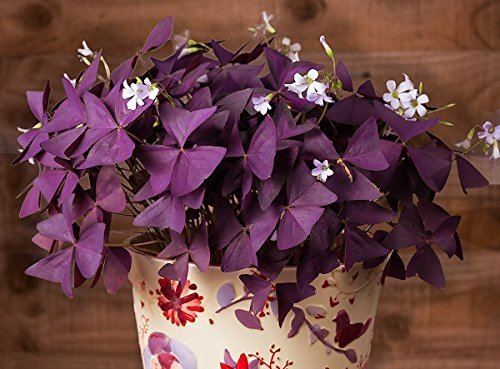
The subspecies O. triangularis subsp. papilionacea, in particular its cultivar 'Triangularis', is highly popular as a pot plant and known as love plant and purple shamrock.
Purple shamrocks oxalis triangularis how to repot rejuvenate and grow them
Indoor care
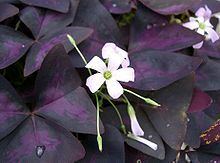
They require bright or direct sunlight supplemented with a cool indoor temperature of ~15 degrees Celsius (~60 degrees Fahrenheit). They can tolerate higher indoor temperatures but will go into dormancy prematurely and/or begin to take on a "tired" appearance if temperatures go above 27 degrees Celsius (~80 degrees Fahrenheit) for prolonged periods of time. Use average potting soil with good drainage and allow the surface soil to dry out between waterings. Mature False Shamrock plants are cut back to the soil every 3–5 years in early summer or during the dormancy period. Young plants are cut back to the soil every year in early summer or during the dormancy period, until they reach maturity.
Propagation
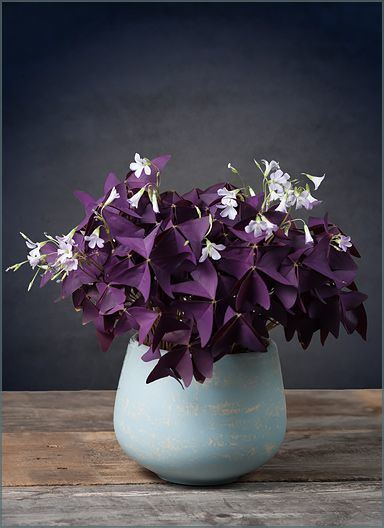
Oxalis triangularis are plants that grow from bulbs, and their propagation is done by division of the bulbs. Like other bulbs, the oxalis go through dormancy periods on a regular basis; at the end of such period, the bulbs can be unearthed, sidebulbs cut and replanted in appropriate soil, where they will grow into new plants.
Movement
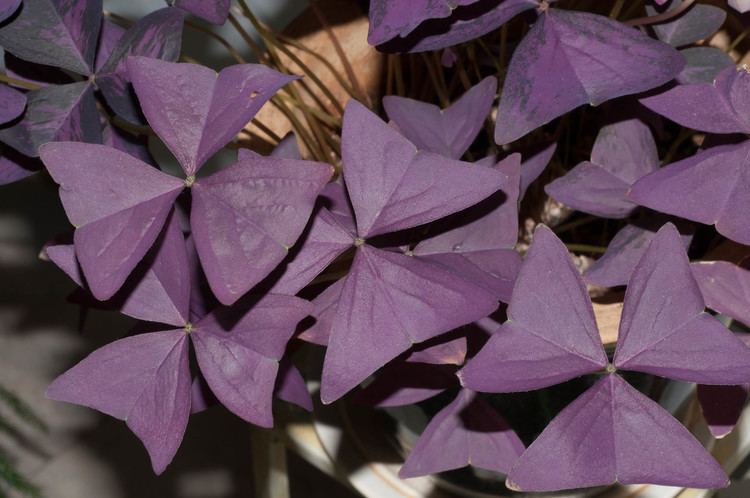
The leaves of O. triangularis move in response to light levels, opening in high ambient light (in the day) and closing at low light levels (at night). This movement is not due to growth and is instead powered by changes in turgor pressure in cells at the base of the leaf. It is an example of photonasty.
